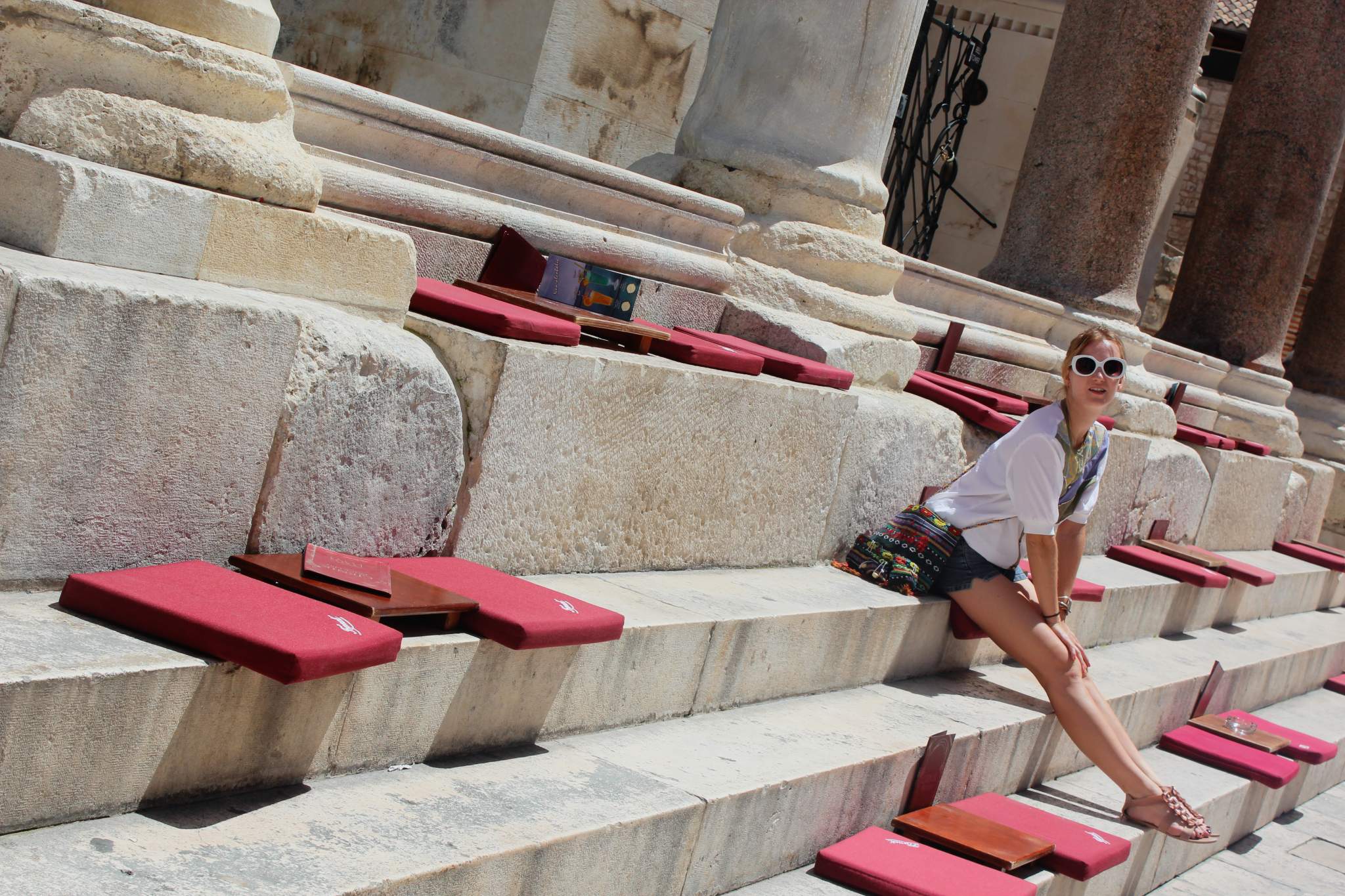
Split,Croatia: More than a Layover. Dining, Palaces and Nightlife
Split is one of the most vibrant and lively Adriatic cities and the second largest in Croatia. Everything is in motion here and you can see it in the streets which are filled with a diverse crowd of travelers.
What to see in Split, Croatia in one day
Start your Split adventure in the Old Town. Merchants shout their wares, inviting buyers to peruse their stalls. In the center, between the estates and the modern port, is the Old Town, which grew around the palace built for the Roman emperor Diocletian.
How to Visit The Diocletian Palace in Split
The palace was and remains the most important part of the city’s architecture. The Diocletian palace has been occupied almost entirely since the emperor’s demise. In modern years it has evolved into a complex system of establishments, housing apartment buildings, churches and chapels. The palace complex was first built at the beginning of the fourth century and Split slowly grew around it as the years moved on.
Diocletian spared no gold when erecting this marvel. Marble was brought from Turkey, granite columns and sphinxes from Egypt. The square structure was so huge that it gradually turned into a fortress protecting local residents from barbarian attacks. Gradually, the palace was listed by UNESCO in the book of world treasures.
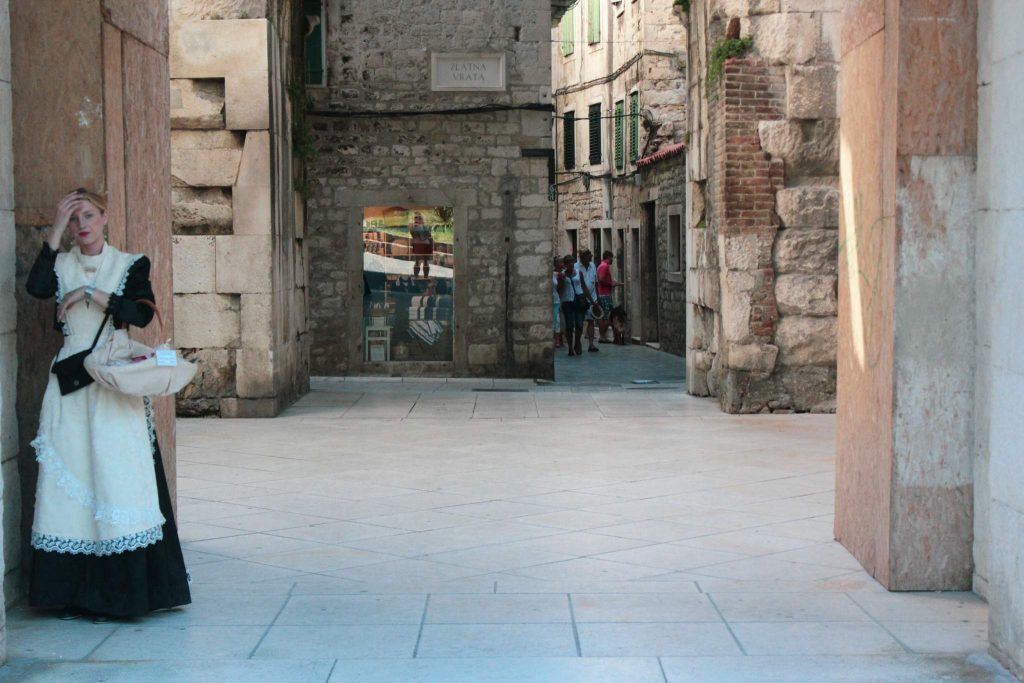
The palace has the shape of a rectangle, whose length is 190 meters and a width of about 160 meters. The construction is divided into two parts by two streets: cardo and decumanus. In the southern part of the palace was the villa of Diocletian with the main square called Peristil.
The palace is surrounded by high walls,and watchtowers once stood at each corner. Four gates led into it: Golden, Silver, Bronze and Iron. This building played a large role in the formation of Split, protecting local residents during wars and enemy raids. Now the Roman palace contains some Gothic and other rebuilt buildings that blend effortlessly.
Perestil is one of the most important and beautiful parts of Diocletian’s Palace. Originally, it was the courtyard of the villa. One of its main features is the ornate columns. It is unlikely that Diocletian spent a great deal of time here, however he did receive guests and held extravagant events here. On the western side of the courtyard, he built three temples. The only one that has survived to this day is the temple of Jupiter. The Temple of Jupiter was built between 295 and 305 A.D. In the sixth century, it was converted into a Christian baptistery. Now this ancient building is surrounded by a maze of streets that make it easy to imagine how Split developed from the Diocletian’s Palace.
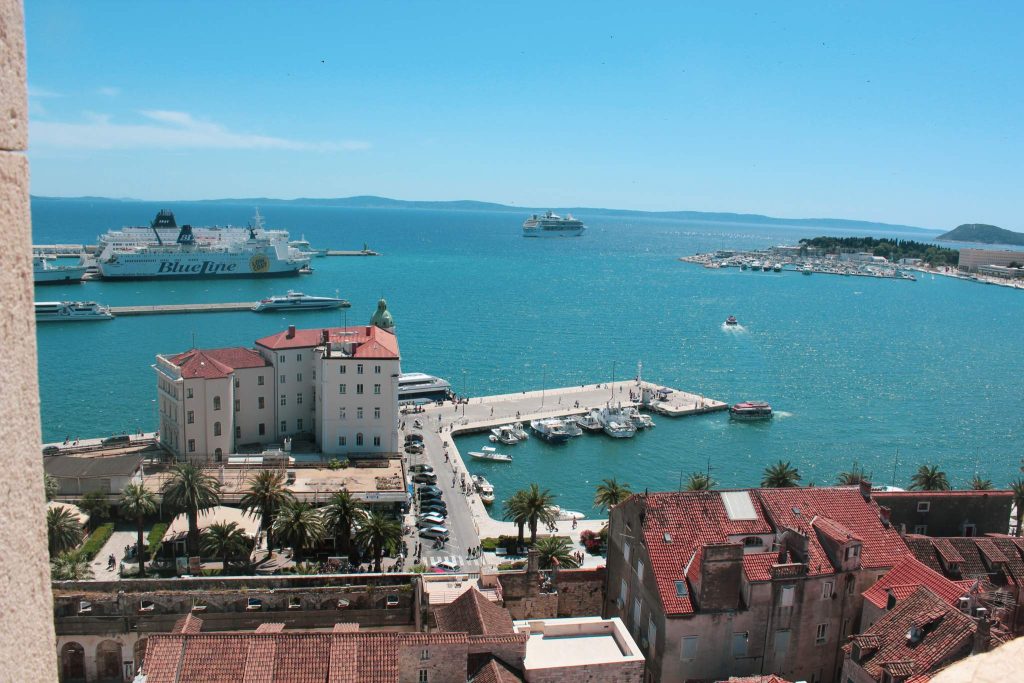
The lobby of the Palace opens with a well-preserved entrance. Interestingly, this structure is rectangular on the outside, and inside has a round structure. Ancient bricks are perfectly fitted, and there are many niches in the walls in which marble sculptures used to stand proud. It is not known exactly when the dome collapsed and what caused its collapse but now the hole where the dome once sat opens to nothing but sky. Archaeologists and historians believe that the walls and floors of the lobby were tiled with marble slabs and intricate mosaics, and the dome was covered with impressive colored frescoes.
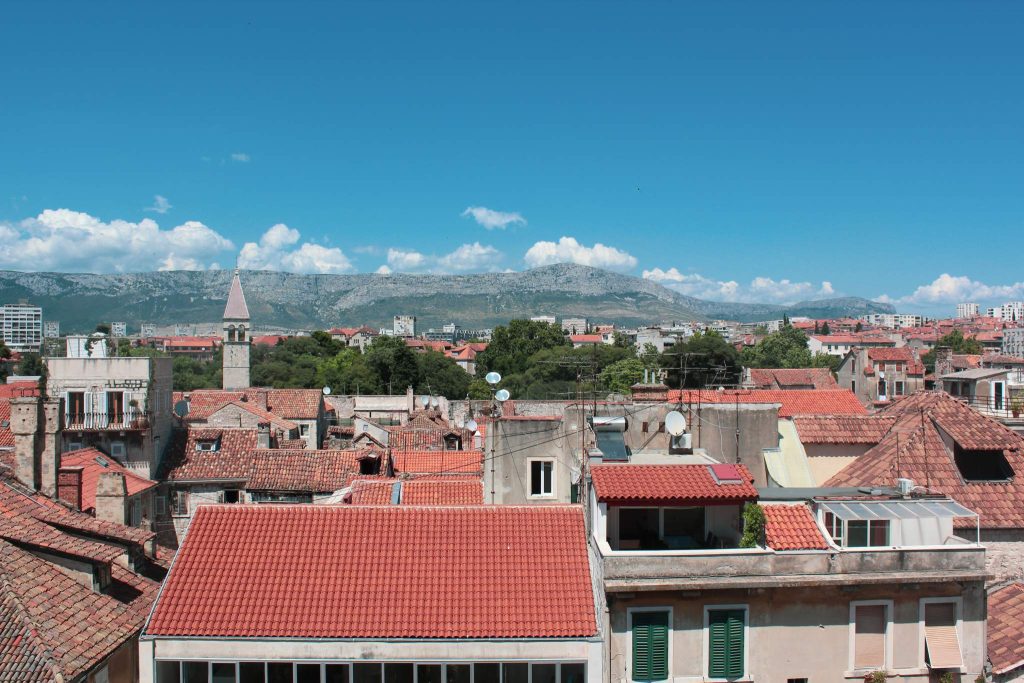
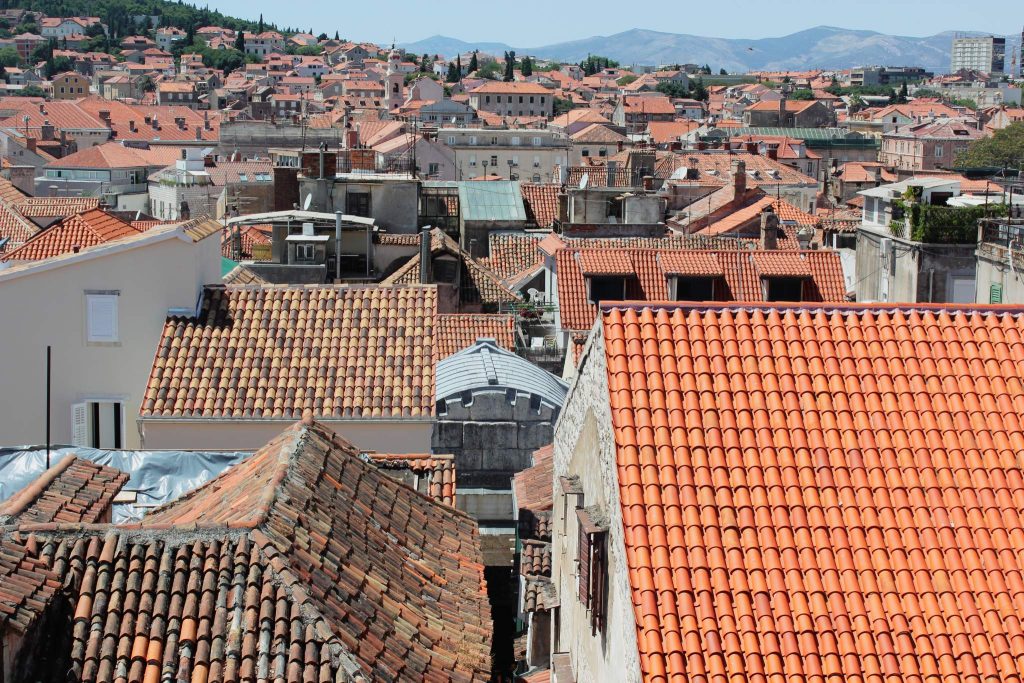
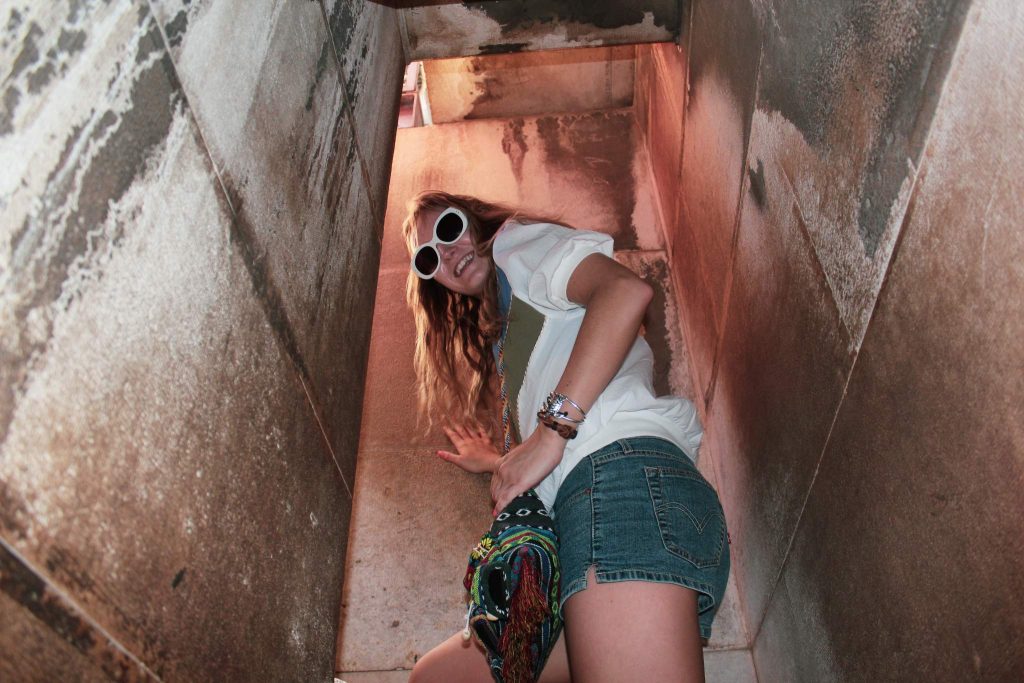
Sphinx Mystery
At the heart of the Diocletian Palace is the Peristil Square which is where visitors gather to stand in awe of the mighty sphinx. The sphinx calmly and majestically sits watch at the western entrance to the Cathedral of St. Duet. It is difficult not to notice the almost three-meter-high sculpture of black granite. The mind boggles as to where the Egyptian Sphinx, built almost sixteen centuries before Christ, could possibly have come from and safely travelled from such a distant land. Emperor Diocletian was counted among the divine rulers, similar in pharaohs, and in honour of this, several sphinxes were brought from Egypt.

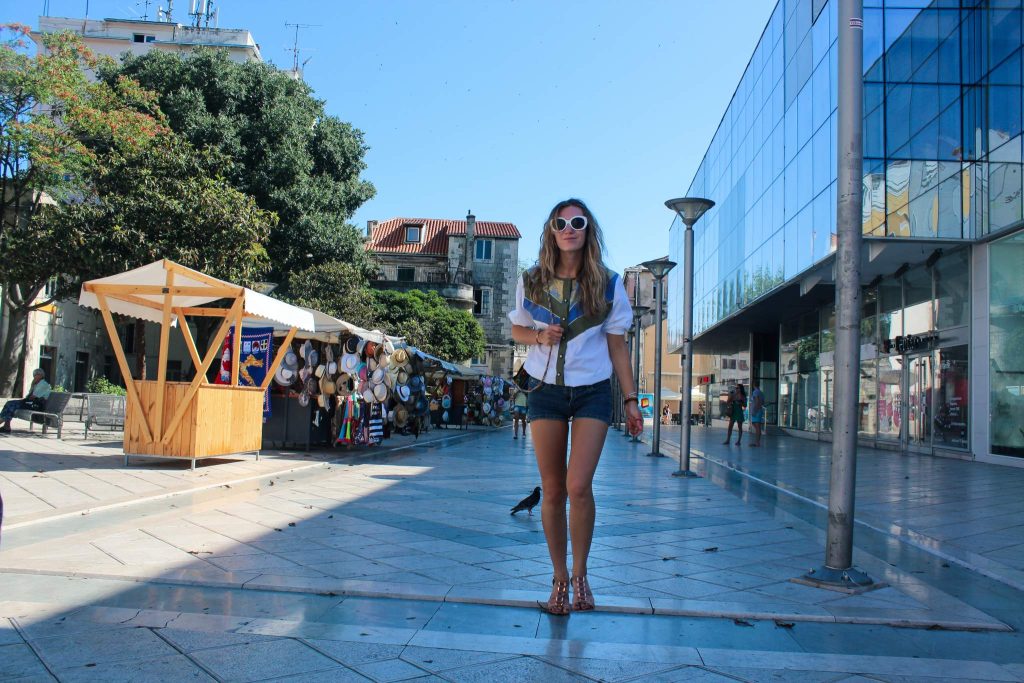
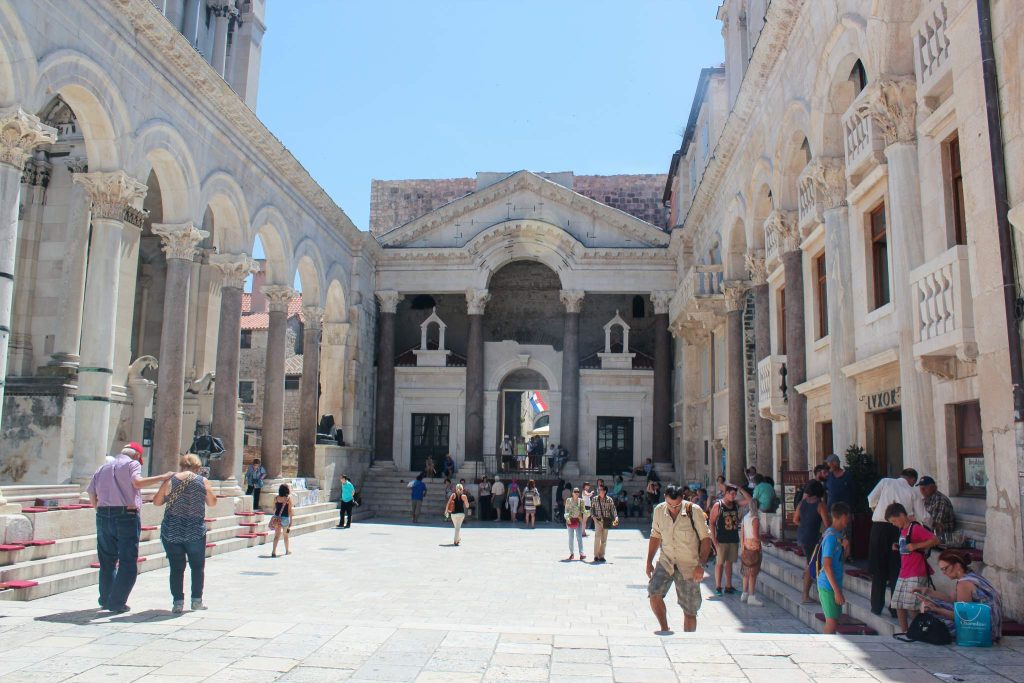
Split Cathedral
The Church of Saint Douai is the most popular attraction in Split. This ancient Catholic church was built in the 7th century on the mausoleum of Diocletian. Ironically, Diocletian considered Christians to be one of the major threats to the Roman Empire and strongly persecuted them during his reign. This cathedral is considered the oldest functioning cathedrals in the world to date. St. Douai consists of two parts: a church dedicated to the Virgin Mary, and a bell tower dedicated to Saint Douai, who was bishop of Salon, the Roman capital of Dalmatia, in the third century. He was executed by order of Diocletian and is considered the patron saint of the city.
Since its construction, this ancient temple has not changed much. In the eleventh century, they began to build a 60-meter bell tower.
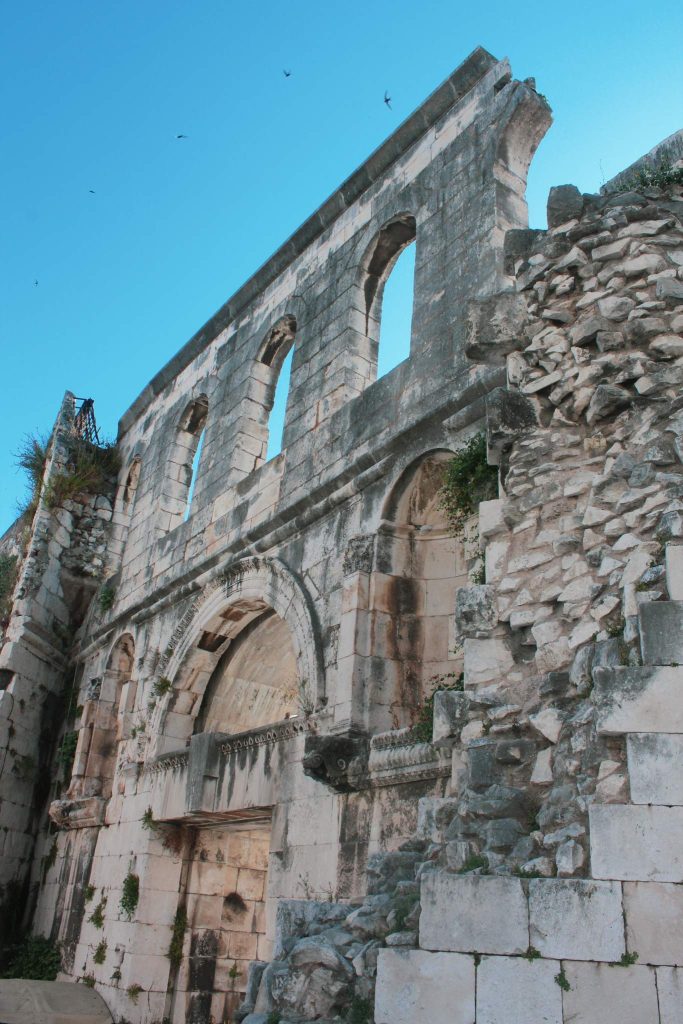

People’s Square
People’s Square is a fifteenth century square in the historic center of Split with many interesting Renaissance, Gothic and Venetian-style buildings. The most beautiful buildings are the Venetian-Gothic style Cambian palace, as well as the Renaissance town hall building, which houses the ethnographic museum.
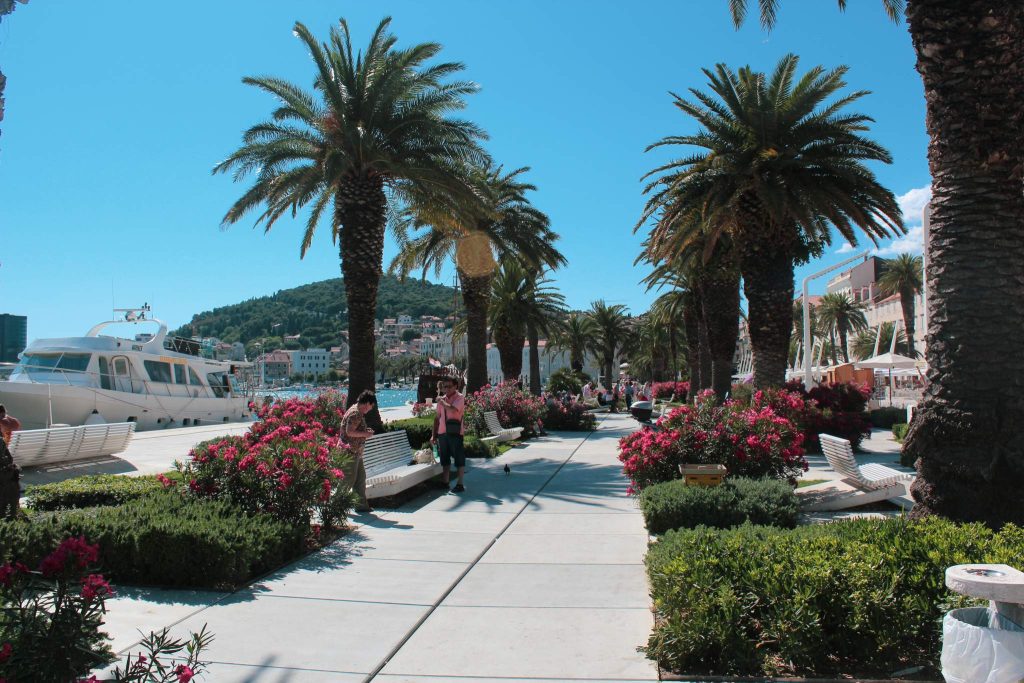
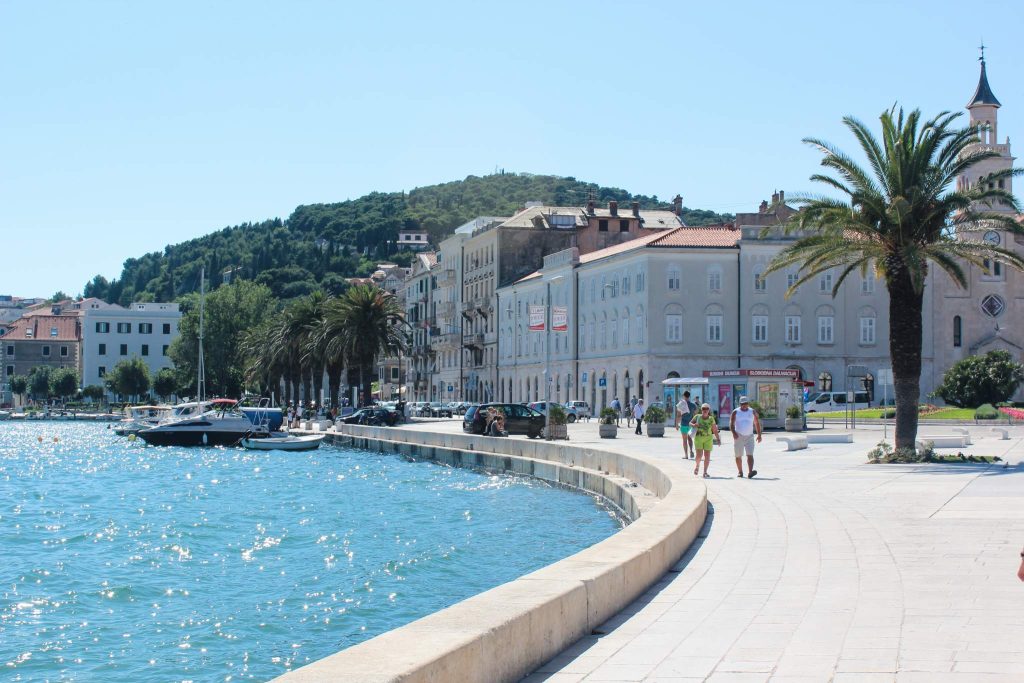
Fruit Square in Split
The Fruit Square is considered one of the most beautiful squares not only in the city, but throughout the region due to the magnificent baroque architecture of the buildings that surround it. The octagonal Venetian tower is one of the oldest structures in the square. It was built in 1435 as part of the fortifications and served as a watchtower for more than three centuries. On the square there is a statue of the father of Croatian literature, Marco Marulik, who was a poet and humanist.
On the square there is also a statue of Grgur Ninsky by Mestrovic, who was a bishop in the tenth century and left an important mark in the history of Croatia. For good luck you need to rub the big toe on the leg of the statue.
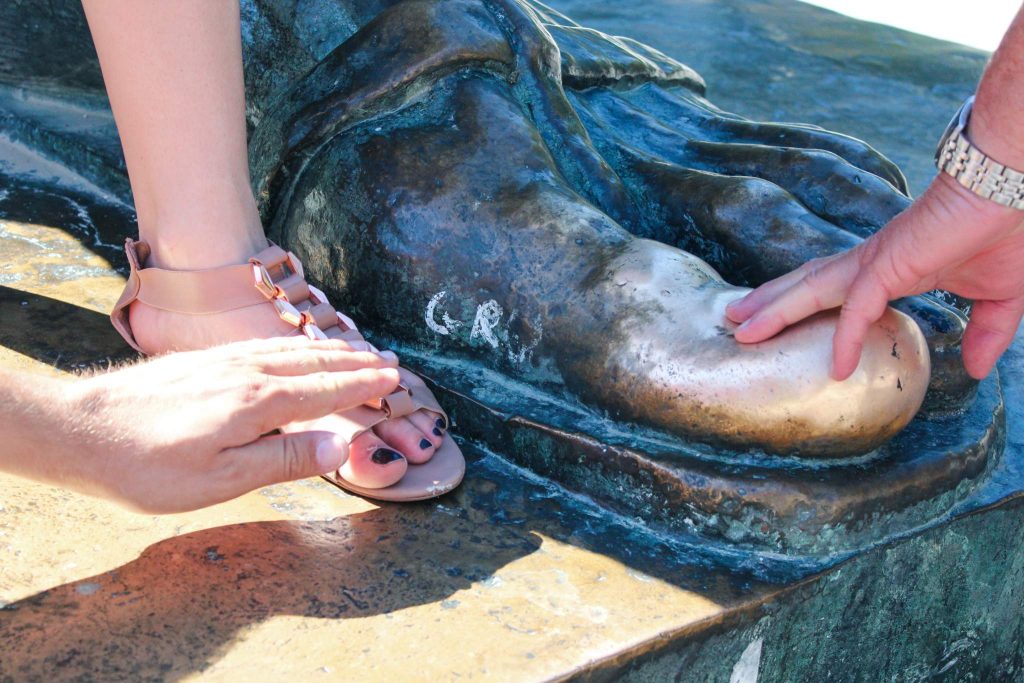
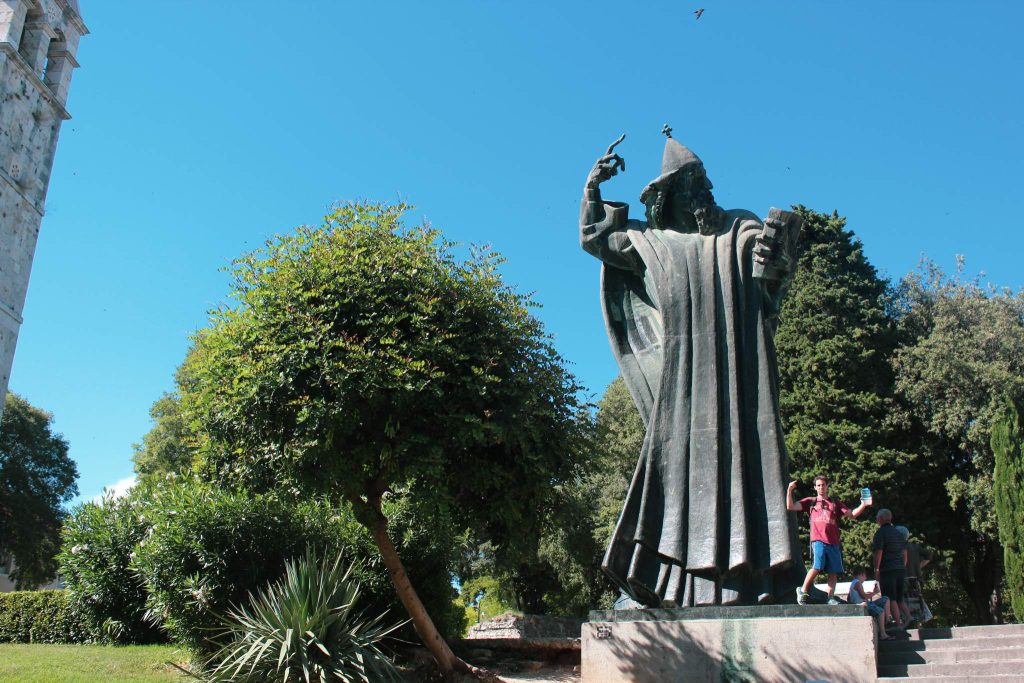
Fun fact
Split hosts one of the best carnivals in Croatia. This tradition has been revived only recently. Participants in fancy dress walk through the streets and squares of the Old Town on Tuesday during Holy Week and the weekend preceding it. Another festival important for Split is May 7, Patron Saint Day, St. Domnius. Religious passages, church services and other events take place on this day. Domnius is also considered the patron saint of joiners, bochars and woodcarvers, so on the day of the saint, as well as shortly before and shortly after, there are many craftsmen in the Split market selling their wooden products.
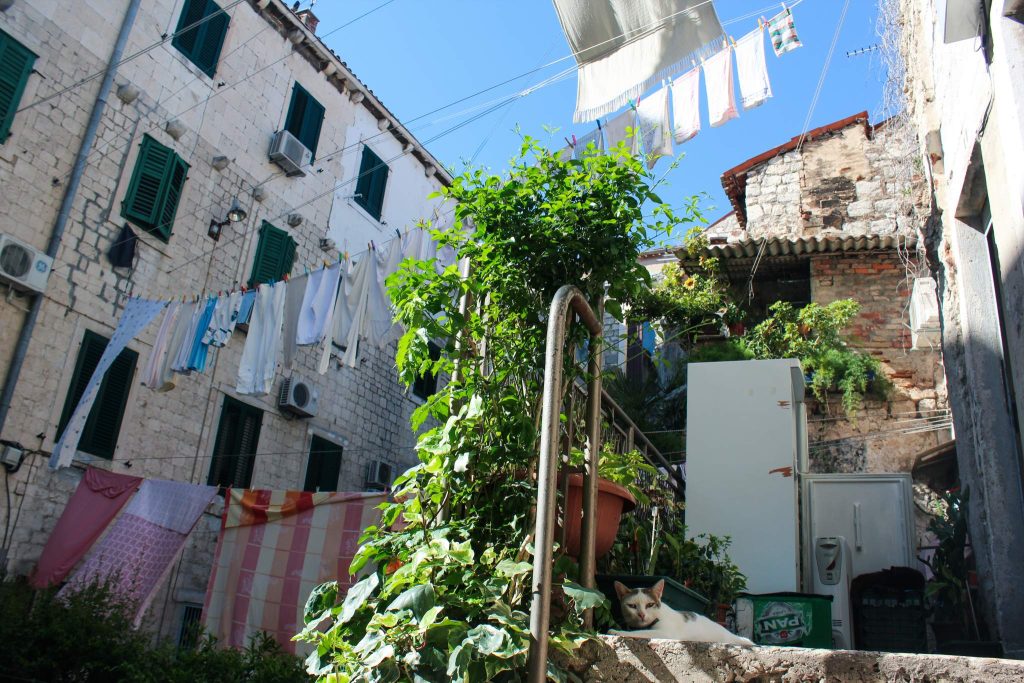


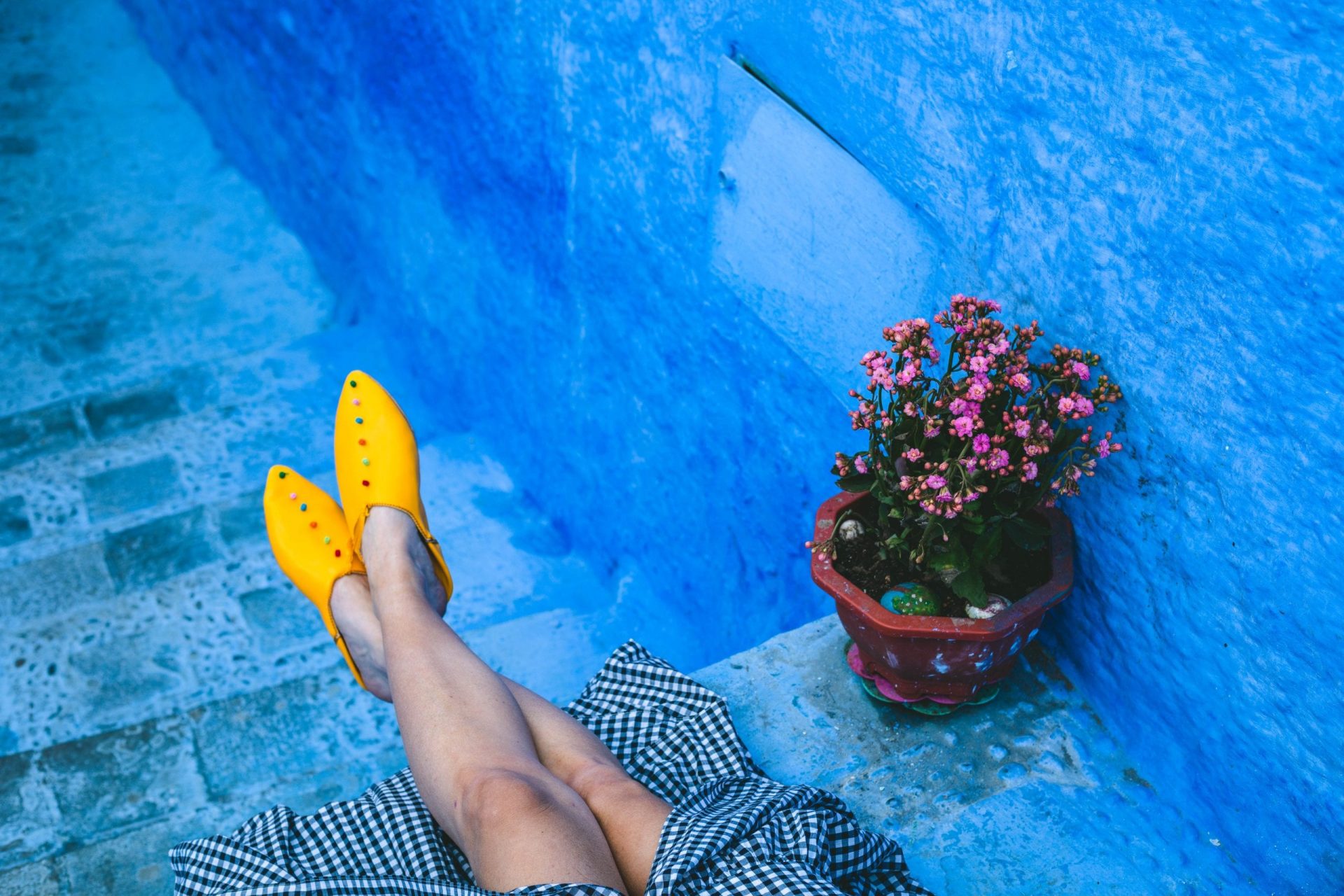
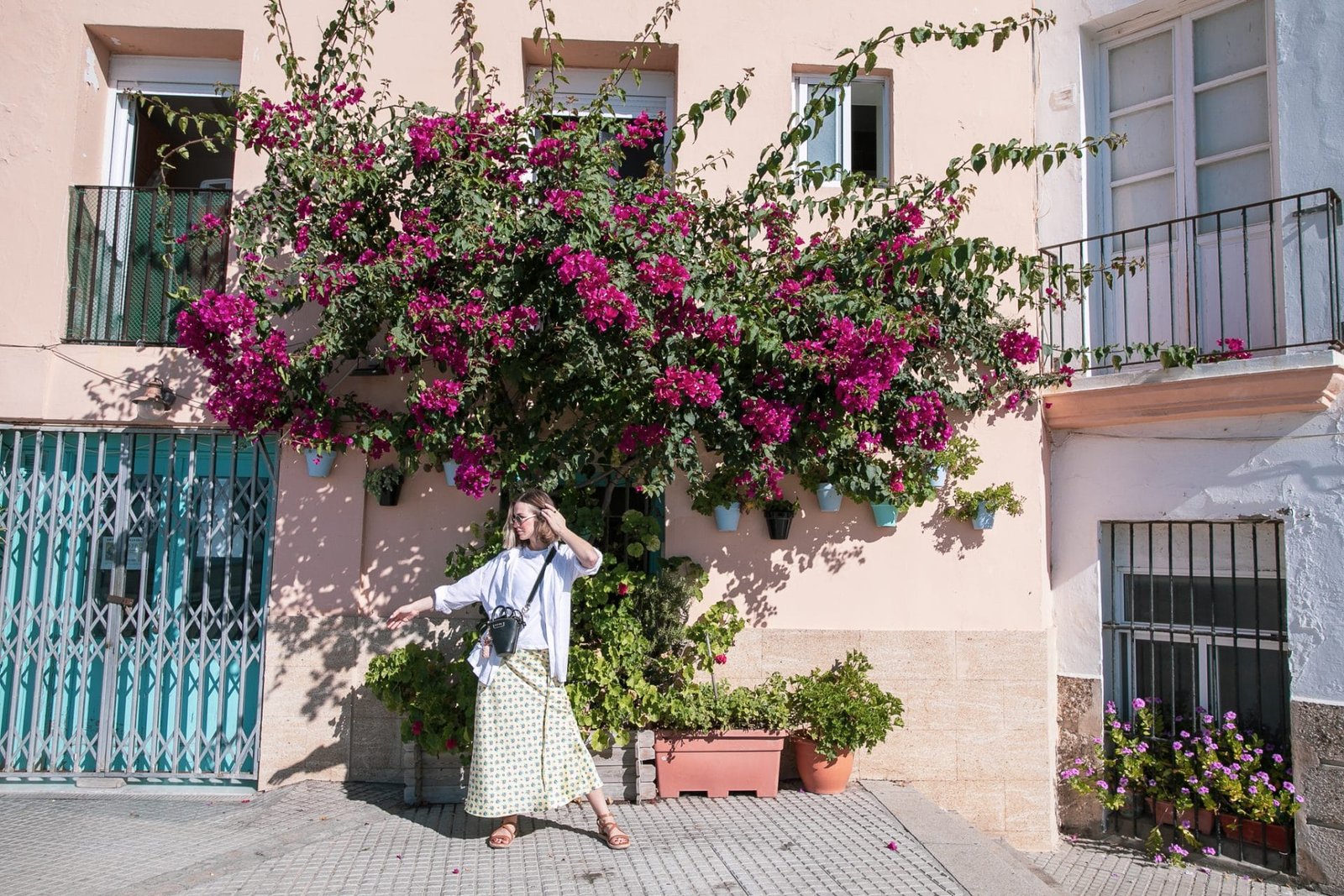
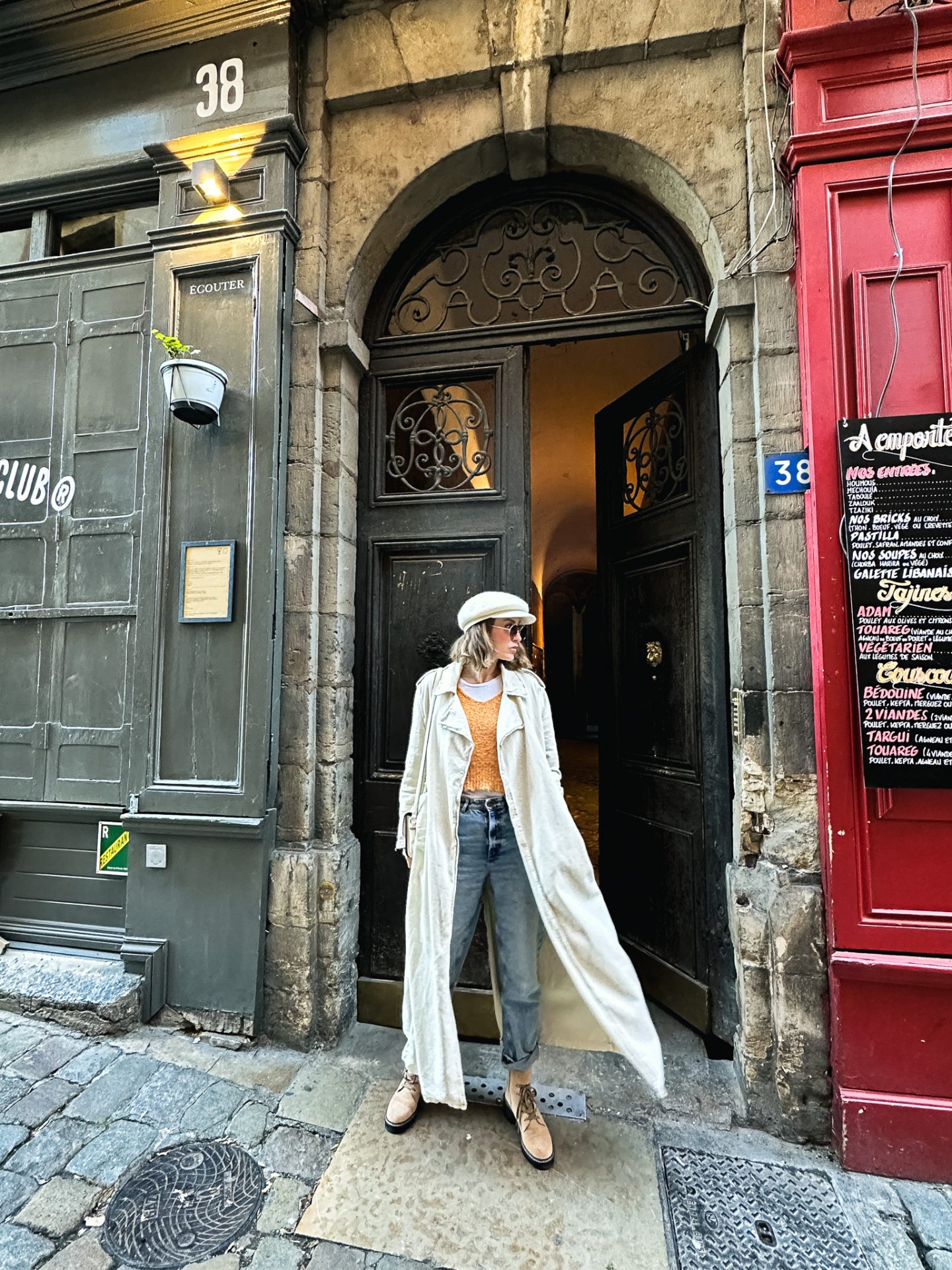
Leave a Reply